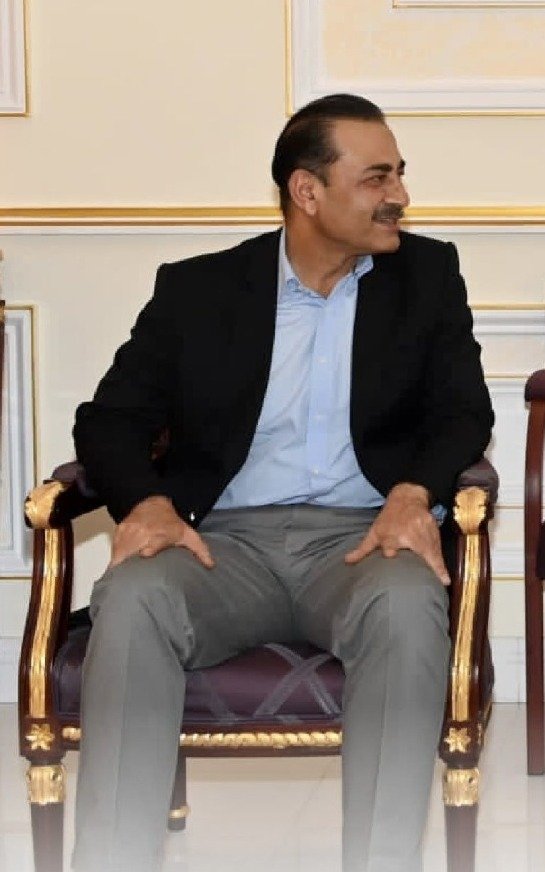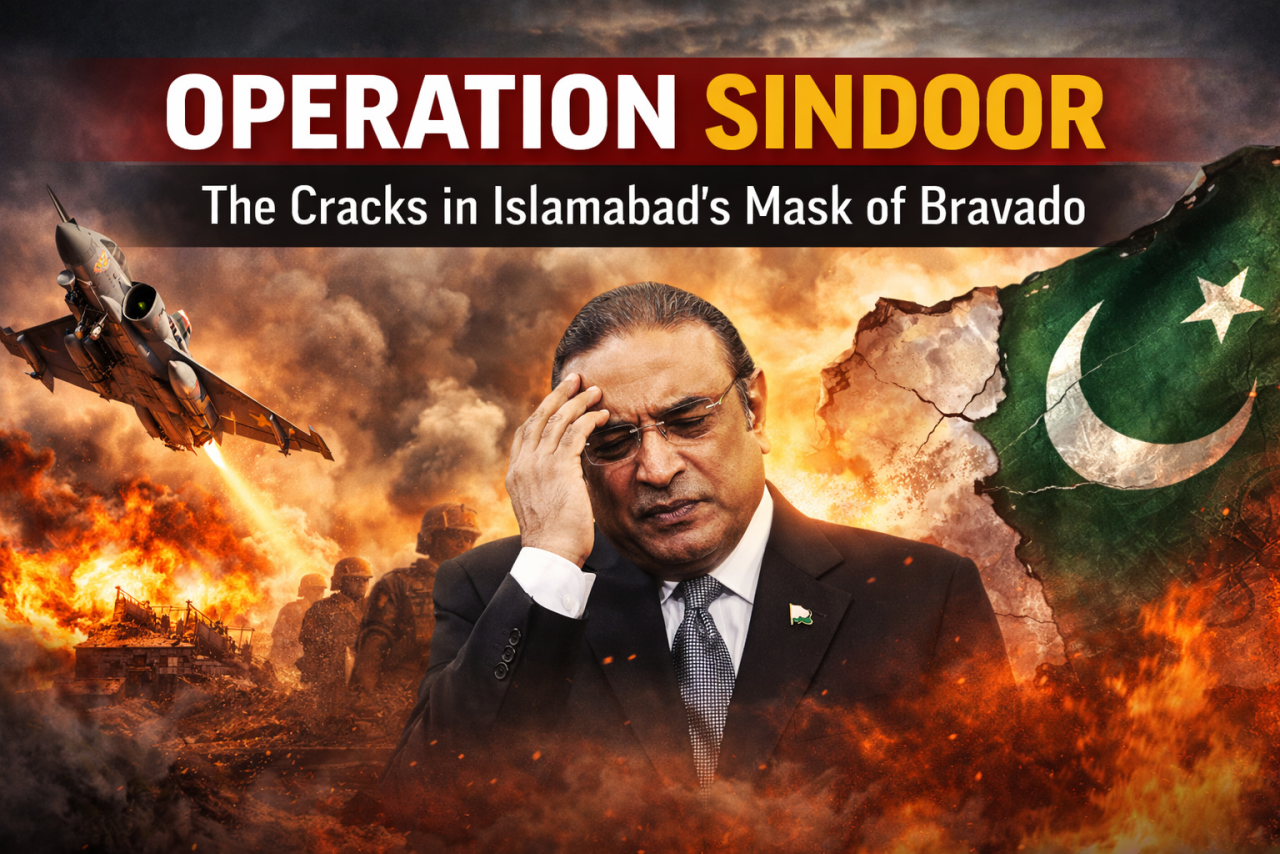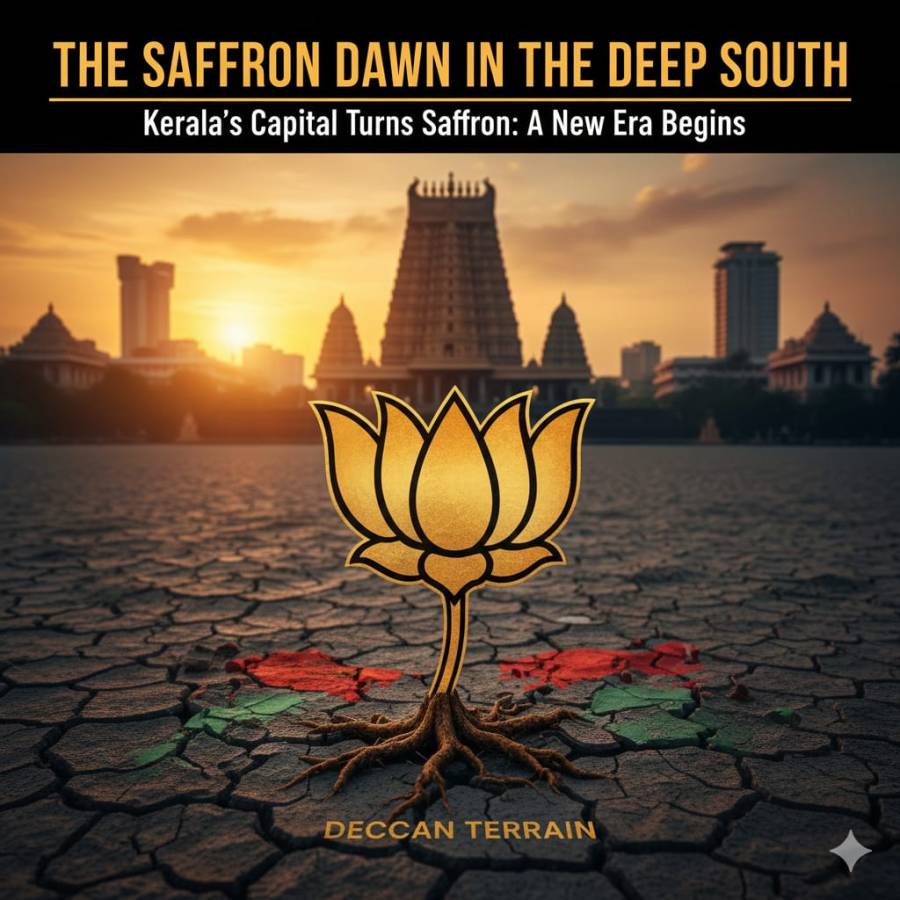
A High-Level Trip with Many Questions
Pakistan’s Army Chief General Asim Munir recently visited the United States. This visit was not officially announced by either side until it was already happening. It took place at a time when Pakistan is facing deep economic and political instability. The visit raised questions about what role the military is playing in shaping the country’s foreign policy. In Pakistan, the military has a long history of influencing political decisions. That is why any such meeting with American officials draws attention not only for what is said, but also for what is left unsaid.
Civilian Dress and Its Symbolism
One striking feature of this trip was that General Munir appeared in civilian clothes, not in his military uniform. In diplomatic language, such a choice is not casual. Civilian dress can be used to show that the visit is being conducted as a state-level or political engagement rather than a purely military one. In Pakistan’s context, it could also signal that the Army wants to be seen as working alongside the elected government rather than directly overshadowing it. However, many observers see this as a sign of the military’s deeper influence, showing that even without the uniform, the Army Chief still holds the real power.
America’s Interest in Pakistan’s Stability
The United States has strategic interests in South Asia. Even though Washington’s focus has shifted to other parts of the world, Pakistan remains important due to its location near Afghanistan, China and India. For the US, a stable Pakistan is essential for regional security and counterterrorism cooperation. By meeting the Army Chief, American officials may have been looking for assurances about Pakistan’s internal stability and its foreign policy direction.
Pakistan’s Civil-Military Balance
In Pakistan’s history, the military has directly ruled the country several times and has also influenced civilian governments from behind the scenes. Civilian leaders often have limited control over defence and foreign policy. This trip once again brought up the question of who truly runs Pakistan. The fact that such an important visit was led by the Army Chief rather than the Prime Minister reflects the continuing dominance of the military in decision-making.
A Visit with Long-Term Implications
Whether this visit will lead to new agreements or policy changes is still unclear. What is clear is that it was more than just a routine diplomatic meeting. The careful choice of clothing, the timing of the visit, and the absence of the civilian leadership from the main talks all point to a complex message. For both Pakistan and the United States, the meeting was about more than the immediate agenda. It was a reminder of the military’s deep role in Pakistan’s political life, even when it is not wearing its uniform.





















